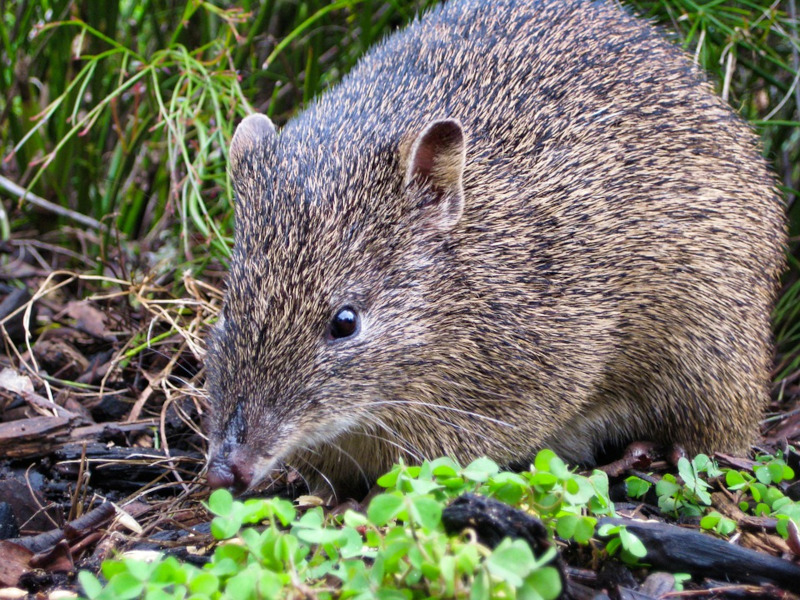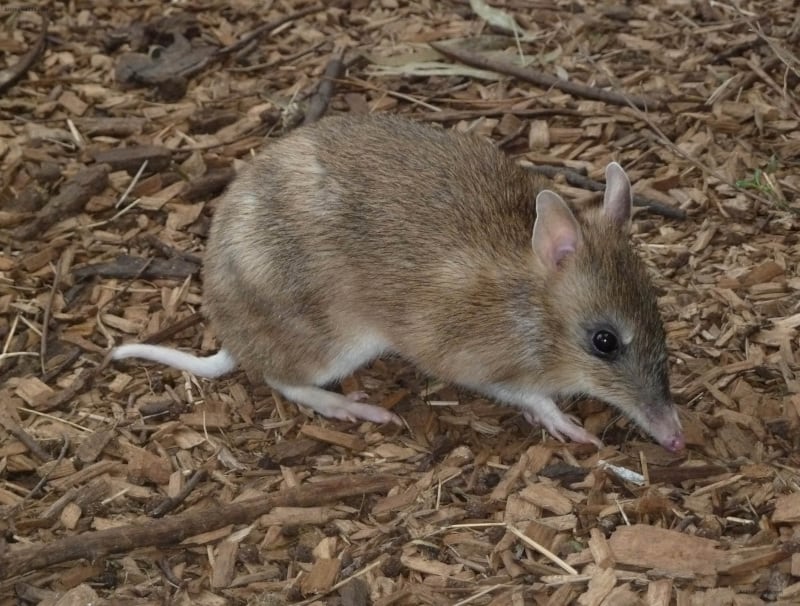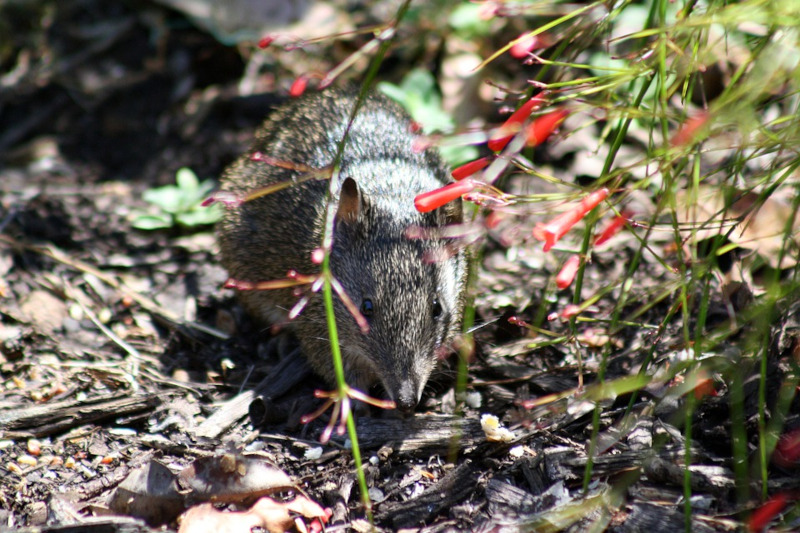
Public Domain Image
Bandicoot Facts
- Firstly, the term Bandicoot collectively serves as the common name given to a group of about 20 species. Scientists collectively place these varying species in the Order Peramelemorphia. Further, all of these particular species evolved as small to medium-sized marsupial omnivores.
- In addition, each of these 20 separate varieties in the fascinating Order evolved as endemic to a single continent. Nevertheless, the varying species of this animal typically attain different sizes. However, each of them remain comparable in overall size to the common rabbit.
- Furthermore, despite its small size, the amazing Bandicoot holds a surprise for many people. That holds true due to the fact that it can pose a rather severe health risk to both humans and other animals. This occurs due to its being a primary carrier of the disease known as Q fever.
- Finally, the surprising creature displays little of the shyness around humans presented by most wild animals. In fact, in populated areas, individuals boldly venture into backyards. In this, the fascinating animal has the same habits as the raccoons found in North America.
Related Articles
Quokka Sugar Glider Tree Kangaroo

Public Domain Image
Bandicoot Physical Description
Given the different species placed within the genus, one fact remains quite understandably present. That’s the fact that the appearance of various Bandicoot species can be quite different. However, many basic traits continue to be present throughout the entirety of the impressive Order.
Most notably, the trait of sexual dimorphism evolved as present within each species. Due to this, in most cases, the males can be nearly twice the size of the females. In point of fact, mature adults range in length from 11 – 31 in (28 – 78.75 cm). Further, these also weigh between 0.4 – 3.5 lb (0.18 – 1.6 kg).
In addition, the snout of the Bandicoot grows quite long, relative to body size. The back also develops a natural arch. Meanwhile, the tail remains long and thin, and the back feet develop much larger than the front feet. Additionally, its coloring is a random combination of white, brown, and gray.
- Kingdom: Animalia
- Phylum: Chordata
- Class: Mammalia
- Order: Peramelemorphia
- Family: Peramelidae
- Genus: Perameles

Public Domain Image
Bandicoot Distribution, Habitat, and Ecology
Most notably, all known forms of the Bandicoot live throughout most of the continent of Australia. However, the creature remains highly adaptable. Therefore, various species reside in numerous types of habitats. These include rainforests, dry woodlands, and areas of heath. Some also appear especially common in coastal regions.
The mammal evolved as primarily active at night. During the day, it will nest in shallow holes it has dug in the ground. These, it will line with leaves. Generally, these it conceals under dense vegetation or even debris. These form a method of hiding the location from predators. It also serves to provide partial protection from the weather.
The Bandicoot primarily forages for its food at night, avoiding the heat of the day. Being omnivorous, its diet evolved as highly varied. However, the animal still prefers foods such as spiders, insects, and earthworms. Furthermore, individuals also commonly consume plant roots, tubers, and fungus.
A typical lifespan averages 2-4 years in the wild. It typically lives as a solitary creature, usually gathering only to mate, and appears capable of breeding several times per year, just like cats and dogs. In fact, the animal has the shortest gestation period of any known marsupial, at only 11 days.
Species Sharing Its Range
Spiny Bush Viper Western Underground Orchid Dingo
Check out our other articles on 7 Extraordinary Types of Ant, Belogradchik Rocks, Terrible Claw Lobster, Cobra Lily, Goldsmith Beetle, Tassled Scorpionfish















I live in the Great Southern of Western Australia, in the region of the Menang people. Although these attractive little animals are relatively common here (and I have several living in the coastal bush north of my house) they have been known as bandicoots for years. Recently, the Indigenous names are being adopted for animals, hills, fish trap areas etc and include the Indigenous name for this little fella – Quenda. (I have also read that they occur in Indonesia and that Bandicoot is the local Indonesian name for them.) I am curious to know whether they have Indigenous names in other parts of Australia. Domestic dogs and cats and foxes are their worst enemies – so many of us are trying to guard them against these predators.
Hello Judith,
Thank you for your comments. And especially thank you and others for your efforts to protect them!
Sincerely,
OBP